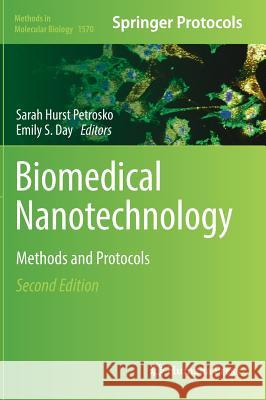Biomedical Nanotechnology: Methods and Protocols » książka
topmenu
Biomedical Nanotechnology: Methods and Protocols
ISBN-13: 9781493968381 / Angielski / Twarda / 2017 / 341 str.
Kategorie:
Kategorie BISAC:
Wydawca:
Humana Press
Seria wydawnicza:
Język:
Angielski
ISBN-13:
9781493968381
Rok wydania:
2017
Wydanie:
2017
Numer serii:
000014950
Ilość stron:
341
Waga:
0.83 kg
Wymiary:
25.4 x 17.78 x 2.06
Oprawa:
Twarda
Wolumenów:
01
Dodatkowe informacje:
Wydanie ilustrowane











